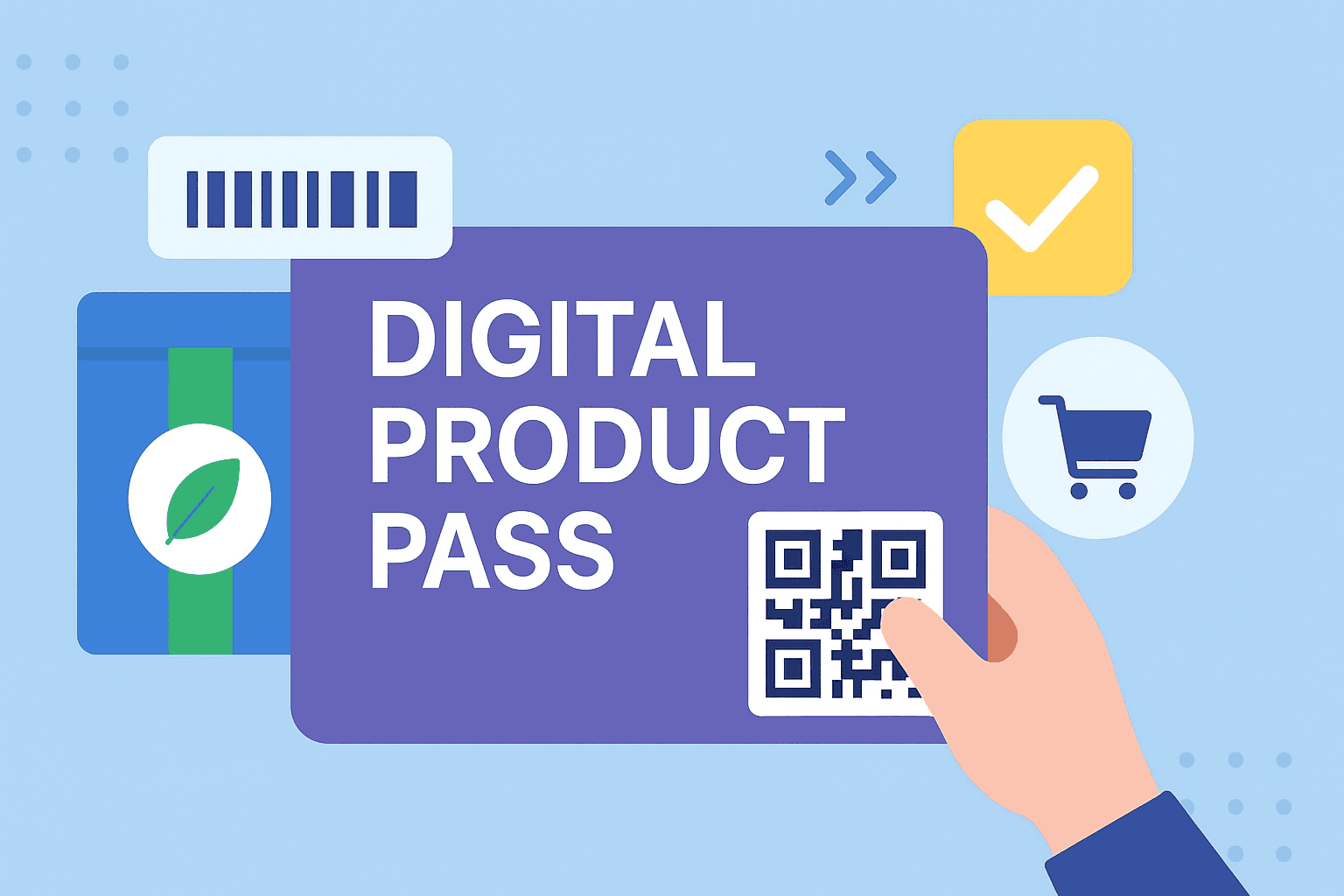Consumer Empowerment Through the Digital Product Pass
2025-09-30

Introduction
The Digital Product Pass (DPP) is often discussed in the context of compliance, sustainability, and supply chains. But its impact goes far beyond regulations and manufacturers.
For everyday consumers, the DPP will open up a new level of transparency, convenience, and control over the products they use — from clothing and electronics to household appliances and even batteries in electric cars.
This article explores what the DPP means for you, the consumer.
Shopping with Confidence
Have you ever wondered where your clothes were made, how sustainable your smartphone is, or whether the food you buy is truly organic?
With the DPP, these questions will have clear answers. By scanning a simple QR code or NFC tag on a product, consumers will be able to:
- Verify the origin of materials
- Understand the environmental footprint
- See certifications (fair trade, organic, repairability scores)
- Compare products based on sustainability and repairability
This level of transparency empowers people to make informed, ethical, and sustainable purchasing decisions.
Repair, Not Replace
In today’s economy, many products are treated as disposable. When something breaks, it’s often easier (or cheaper) to replace than to repair.
The DPP changes that by making repair information and spare parts data easily accessible:
- Direct links to repair manuals
- Guidance on compatible spare parts
- Authorized repair shop locations
- Warranty and service history
This not only helps extend the product lifecycle but also saves consumers money and reduces waste.
Second-Hand and Circular Economy
Second-hand markets are booming, but trust and transparency are often barriers. Is the used laptop still in good condition? Is the refurbished phone authentic?
The DPP makes resale safer and more reliable:
- Buyers can check the usage history and remaining lifespan of products (like batteries).
- Sellers can prove the authenticity and compliance of their items.
- Platforms can integrate DPP data to verify listings automatically.
This strengthens the circular economy and encourages consumers to embrace reuse over disposal.
Recycling Made Easy
Recycling is often confusing — different rules for plastics, electronics, or textiles. The DPP simplifies this process by providing clear, product-specific recycling instructions directly on the product’s digital profile.
- What materials can be recycled?
- Where is the nearest recycling point?
- How should the product be disassembled?
By making recycling easy and transparent, the DPP helps consumers contribute directly to sustainability goals.
Everyday Impact: A Quick Example
Imagine buying a washing machine in 2027:
- You scan the QR code and see the energy efficiency, carbon footprint, and repairability rating.
- After three years, a component fails. The DPP provides you with instructions, part numbers, and repair services near you.
- Ten years later, the machine is beyond repair. The DPP tells you how and where to recycle it, ensuring valuable materials are recovered.
This is the consumer journey the DPP is designed to enable.
Challenges for Consumers
Of course, the DPP is not without challenges:
- Information overload: Too much data could overwhelm consumers. User-friendly interfaces will be crucial.
- Digital divide: Not all consumers are tech-savvy or have smartphones. Accessibility must be a priority.
- Trust in data: The DPP must ensure that the information provided is accurate, verified, and not greenwashing.
Conclusion
The Digital Product Pass is not just a tool for businesses and regulators — it’s a powerful instrument for consumer empowerment.
It promises a future where shopping is transparent, repairs are accessible, second-hand goods are trusted, and recycling is simple. In short, the DPP gives consumers more control over the products they buy, use, and dispose of.
As the DPP becomes reality in the coming years, it has the potential to fundamentally transform the consumer experience — making it more sustainable, trustworthy, and circular.